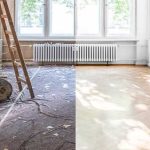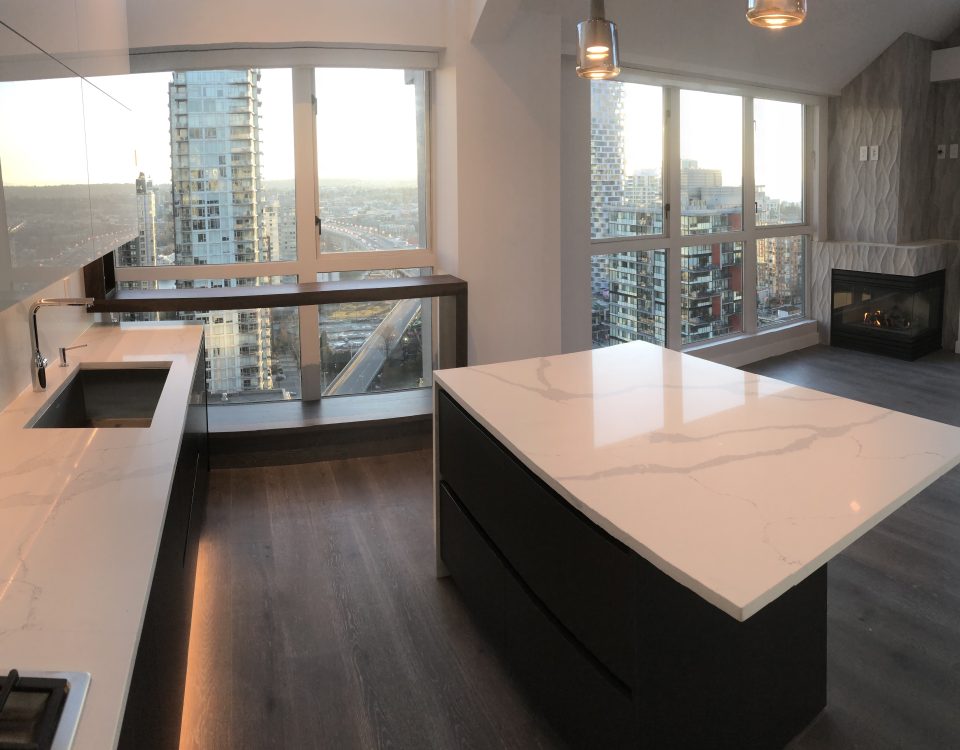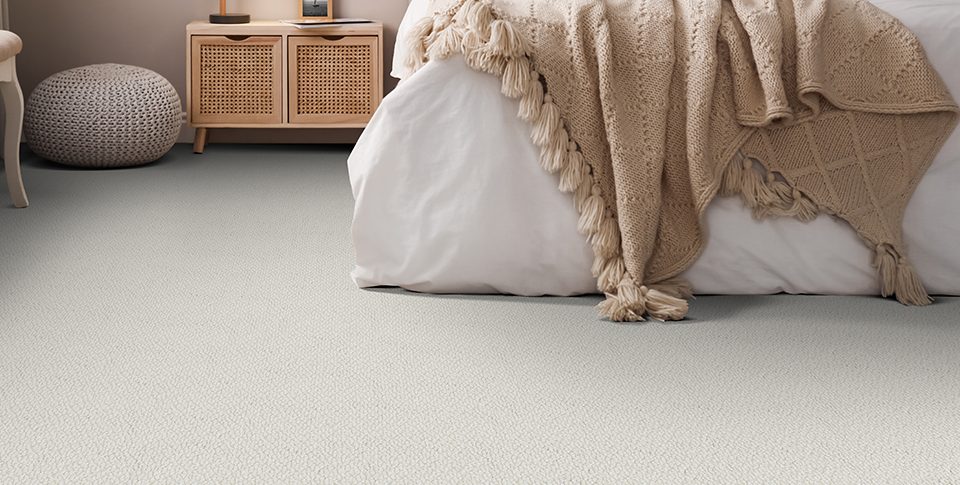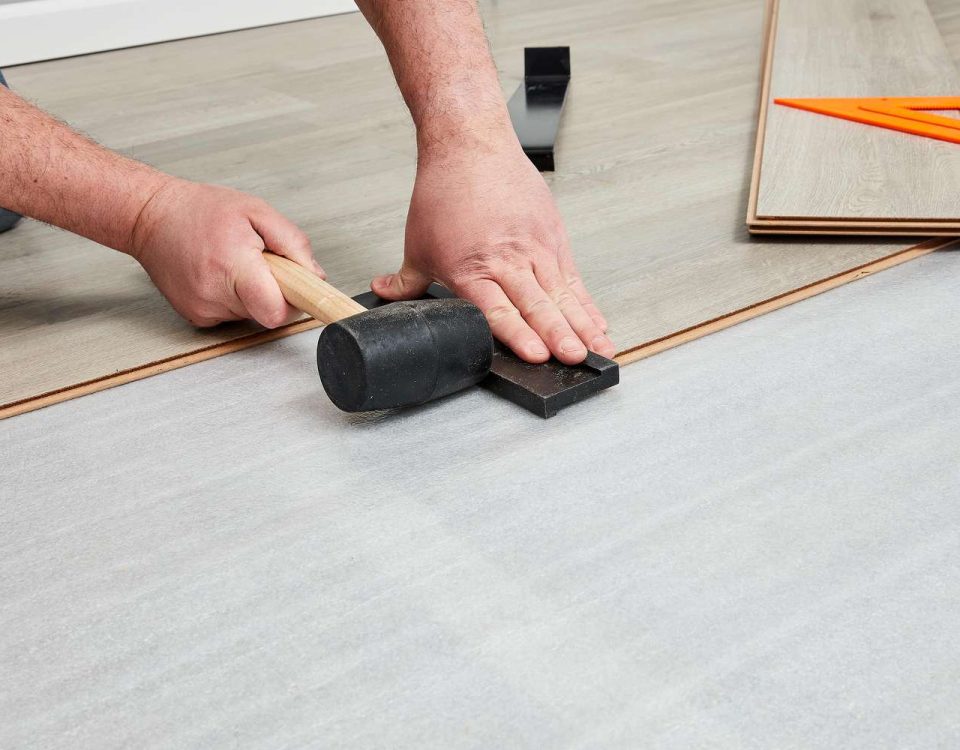
To hire or not hire a contractor?
June 6, 2020
Over the last couple of decades tile had perhaps had the most overall growth. By that we mean from the manufacturing side of it as well as the usage by homeowners, especially in North America.
The growth on the manufacturing side has grown by leaps and bounds. It wasn’t too long ago that Porcelain Tile itself was a new entry to the market trying to overtake ceramic tiles. At first the technology was expensive and the final look of porcelain tiles did not offer too much creativity.
Today ceramic floor tiles are almost a thing of the past and porcelain technology itself has come such a long way with the many different finishes and looks that are almost boundless.
Porcelain Tile is a very sustainable product. It is an extremely environmentally product as it is basically made of clay and water and then fired at very high temperatures. With the proper use of the tile in the particular situation as well as proper installation materials and methods, porcelain tiles will almost certainly last as long as your home structures itself.
Here are some interesting facts about this Porcelain Tiles:
Porcelain tile is an extremely strong, durable, scratch and frost resistant material. In almost all cases they rival or outperform any of the natural stone products including granite. And all that without any maintenance too!
Porcelain tiles are completely recyclable into such building materials as cement, brick or artistic tile mosaics. Furthermore more and more factories are using recycled content in the manufacturing of porcelain tiles.
Porcelain tiles are resistant to water, staining, fungus and bacteria. It is also hypoallergenic.
Porcelain tiles contain no sealants, waxes or other chemicals that could release Volatile Organic Compounds (VOC) into the environment.
The density of porcelain tiles and the almost negligible porosity of the material alleviates the need for polishing or sealingie maintenance!
Porcelain tile can be used on any surface: floors, walls, countertops, ceilings, pools, tubs, showers, outside walls and even on unstable surfaces, such as boats, for example.
In general porcelain tiles are easy to clean by using the mildest cleaning products and the only tools needed for cleaning are brooms and mops, which contribute to better indoor air quality. However at Canadian Home Flooring we do recommend using proper cleaning materials to get the best results.
Unlike granite and marble, traffic patterns almost never occur when using porcelain tile flooring, which reduces the need to use chemicals such as strippers or waxes, and equipment to buff and polish.
Although the initial price of buying and installing porcelain tiles may be higher than some of the other flooring choices, given the life cycle, the maintenance needs and overall performance of porcelain tiles, the price per year is certainly at or near the bottom of all other flooring choices.The tile category in flooring is perhaps the most technical. There are many terms associated with this category and we will offer some of the terms below.
RECTIFIED TILE: This term is associated with tiles that are intentionally made slightly larger than the final size. After the firing the tiles are then cut to measure exactly the same. This type of tile general has a sharp looking edge with no beveling at the outer edges of tile at all.
DYE LOT: Although this term is not strictly used for tiles, it is perhaps one that gets mentioned a lot more when talking about the tile category.
The term refers to a code that is associated with each run of the factory. In other words when the factory produces a particular colour of a tile series the dyes that are used are given a dye lot number.
image003 The next time the same tile with the same colour is produced the dye lot will be a different code and although the colour is meant to be exactly the same, often times there are slight variances that may be visible when put beside each other.
PEI AND MOHS RATINGS:
One of the main technical characteristics of high-quality ceramic and porcelain tiles is their degree of abrasion/wear resistance. There is an international test of surface wear resistance developed by the Porcelain Enamel Institute and known as PEI scale. According to this system, tiles are divided into five groups.
The first category is PEI – I. The tiles with coefficient PEI-I have low wear resistance, andare mainly suitable for residential condos and houses. Porcelain tiles with this PEI rating should not be used in areas with higher traffic such as hallways or kitchen floors.
PEI-II and PEI-III tiles are more wear resistant. Floor tiles with PEI-II can be used in all residential areas, and PEI-III tiles are suitable, for example, for offices with relatively low traffic.
The last category of PEI-IV and PEI-V are the most durable and wear resistant. This category of porcelain tiles is suitable for areas such as shopping malls, hotels, train stations, subways, etc.
Along with the PEI scale, a very important factor is the MOHS coefficient. This rating determines the degree of hardness of the surface, or said in another way, the degree of resistance to scratches and damage.
The material is tested by scratching it with natural minerals and, depending on the obtained results a coefficient on a scale from 1 to 10 is assigned to it, with 10 – the hardest material and 1 – the softest.
This coefficient is very important to consider when choosing floor tile. It is advisable that a wall tile would have a MOHS of at least 4 and a floor tile should be at least 6 (or 7 for more demanding areas).
Read this article to know more about tiles myths




